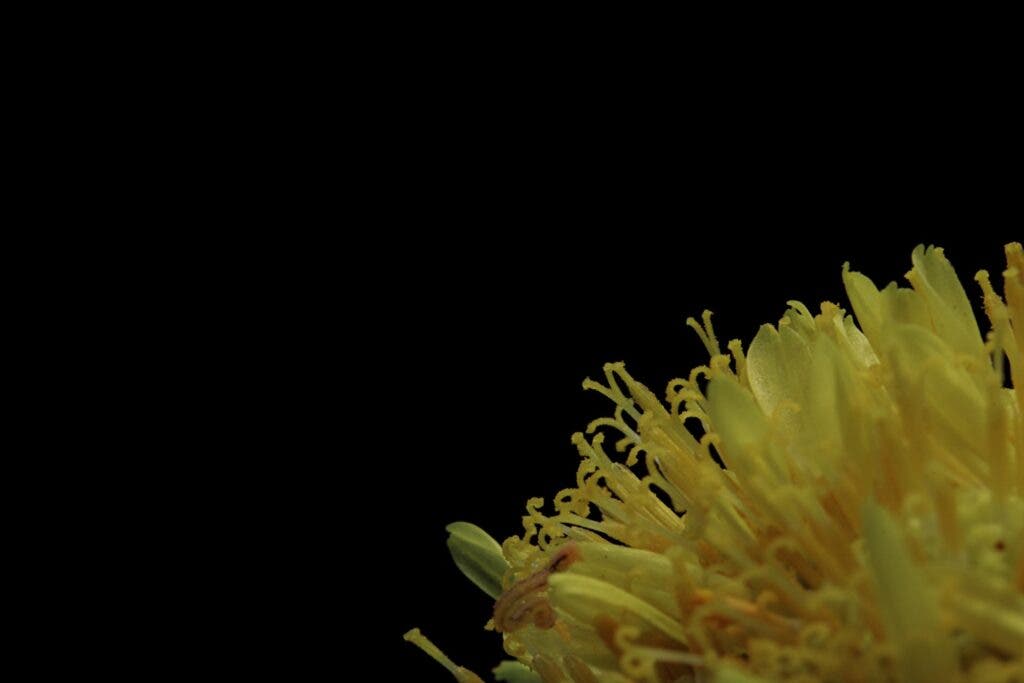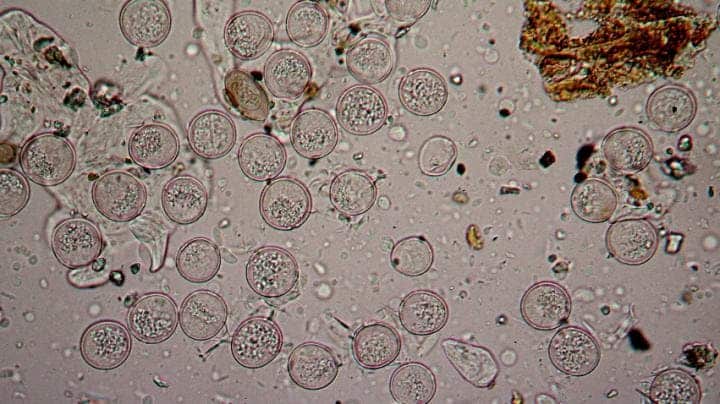Scientists in Munich have shown that pollen season is lasting longer, and this is in large part owed to climate change.

“Pollen is meant to fly,” says Dr. Annette Menzel, Professor of ecoclimatology at the Technical University of Munich.
Pollen, the powdery substance consisting of pollen grains which are male microgametophytes of seed plants, is essential for countless plants, but it can also be a nuisance to some people. Allergy to pollen, commonly known as hay fever, is common where pollen production is seasonal.
In a new study, researchers looked at how climate change and transport dynamics are affecting hay fever allergies.
“The transport of pollen has important implications for the length, timing, and severity of the allergenic pollen season,” says Dr. Ye Yuan, a coauthor on the study.
“Transport phenomena have to be taken into account,” adds Menzel.
The researchers looked at six pollen monitoring stations scattered across the German region of Bavaria, analyzing data from 1987 to 2017. They found that as a result of climate change, pollinating periods are starting earlier and lasting longer.
Some species of plants (such as hazel and alder trees) have shifted their pollinating seasons by up to 2 days per year, while other species (that bloom later in the year, such as birch or ash trees) moved their seasons by 0.5 days earlier per year.
While the team focused on a part of Germany, there’s no reason why the same trend wouldn’t happen in other parts of the world.
“Bavaria is only the focused region in our study, but we would expect similar findings to be observed also across the world. The allergy seasons would be influenced not only by rising temperature but also other climatic factors such as increasing CO2 levels,” say authors Yuan and Menzel to ZME Science.

There’s more to climate change and pollen than just rising temperatures. Pollen can travel hundreds of kilometers and climate change is affecting weather patterns and altering species distributions, which is possibly exposing people to “new” pollen species they are unaccustomed to.
To see if this is indeed the case, researchers looked at what pollen the stations were recording in pre-season periods. So if they would find pollen from, say, a birch tree, but local birch trees would not flower for at least a few more days, the pollen was considered to be transported from farther away. Turns out, it often is the case.
“We were surprised that pre-season pollen transport is a quite common phenomenon being observed in two-thirds of the cases,” says Menzel. As for why it’s important to understand how much pollen is from far away
“Especially for light-weight allergenic [pollen], long distance transport could seriously influence local human health,” Yuan adds.
The relationship between climate change and hay fever is complex and has several facets, but the two seem increasingly linked. This isn’t the only study to indicate a link between climate change and pollen allergies. Just a few days ago, a US study also found that pollen seasons are lasting longer, and climate change alone can account for around half of the pollen season lengthening. More than warming temperatures, increasing carbon dioxide in the air can also contribute to longer and more intense pollen seasons, which can worsen allergy and asthma symptoms in children (and to a lesser extent, in adults as well).
This new study also highlights the prominent role of pollen transport for the length, the timing, and the severity of the allergenic pollen season. Researchers say that the information could be used to develop adaptation and mitigation strategies.
“Combating climate change and fostering mitigation in the first line, practical adaptation to impacts may include effective pollen warming systems, critical survey of where allergenic species are planted in cities,” Yuan concludes..
Journal Reference: “A first pre-season pollen transport climatology to Bavaria, Germany”: https://www.frontiersin.org/articles/10.3389/falgy.2021.627863/full


